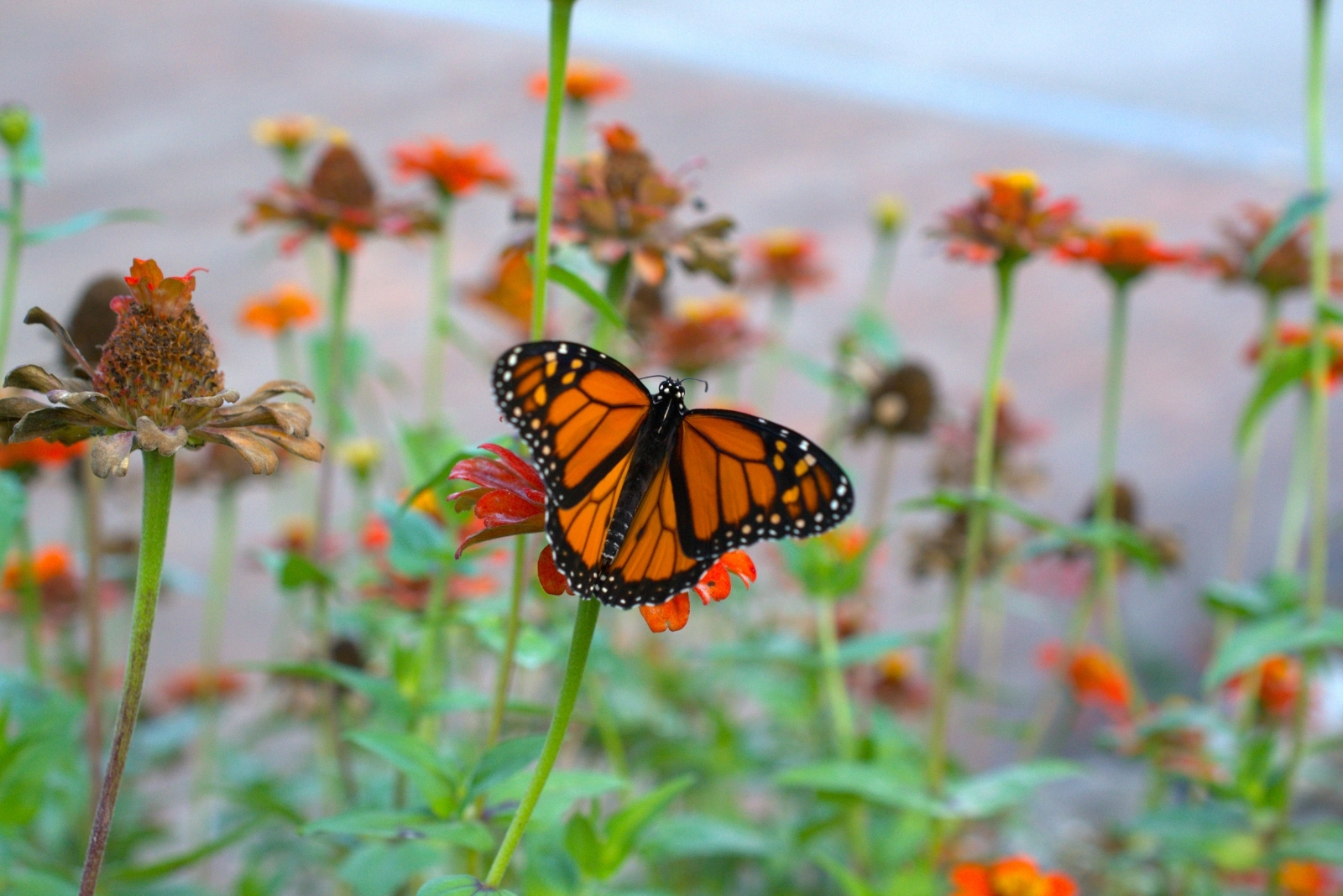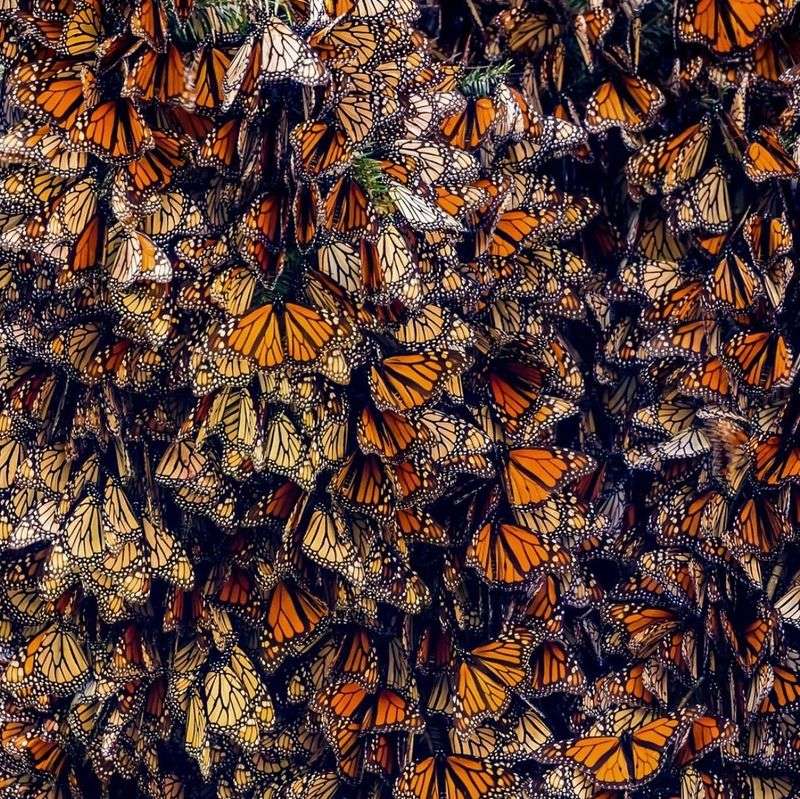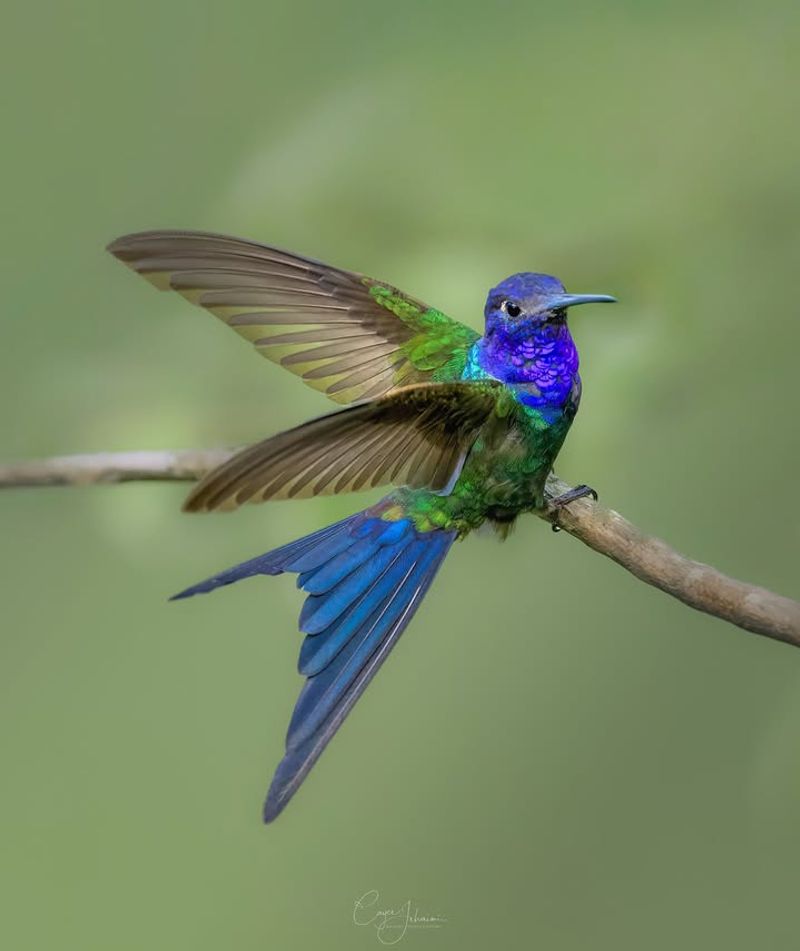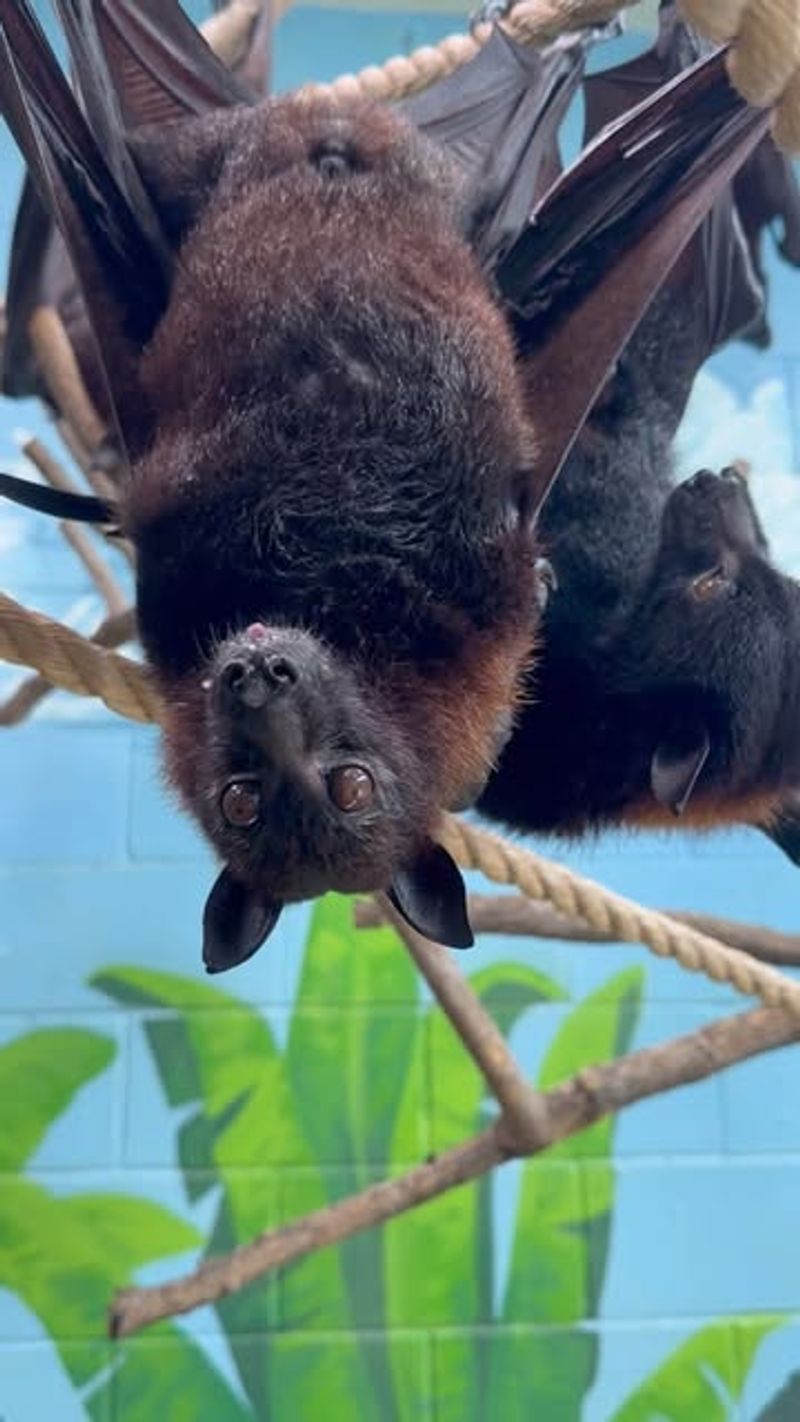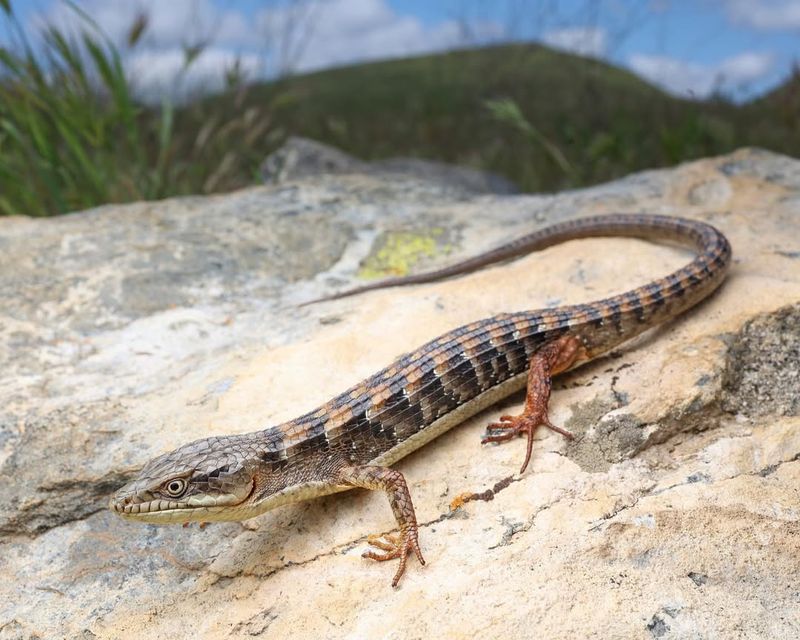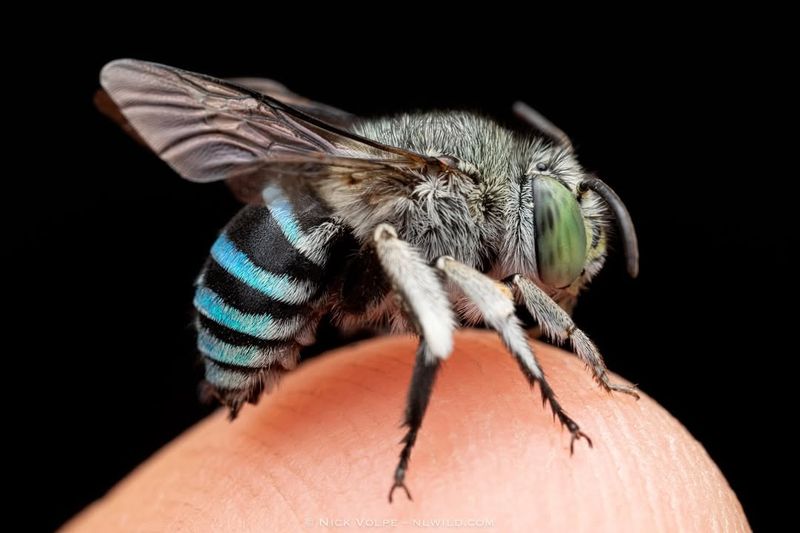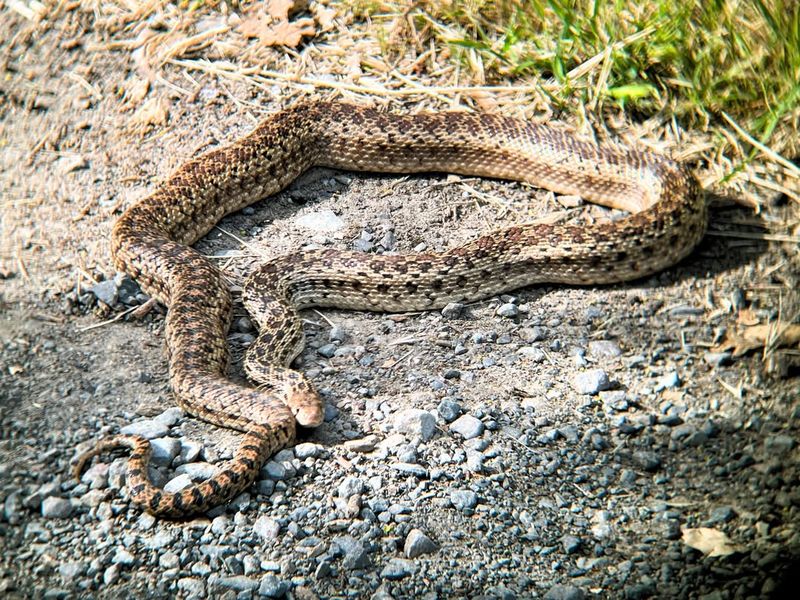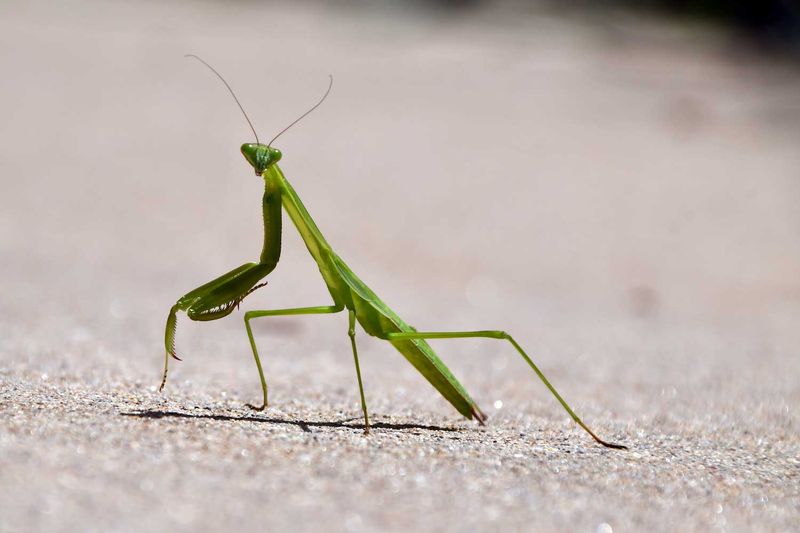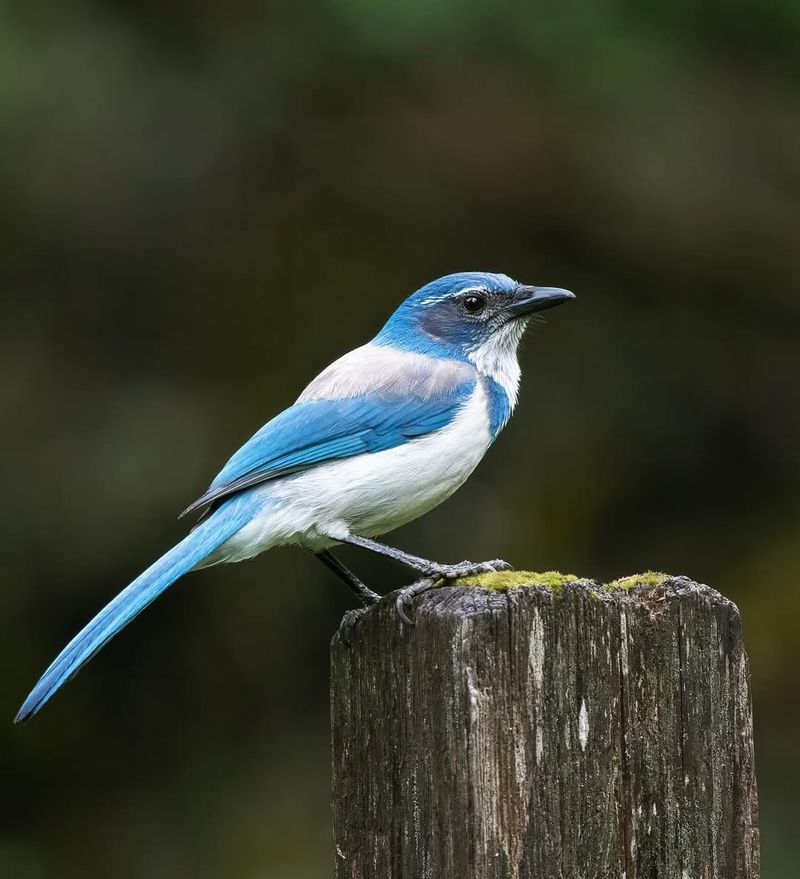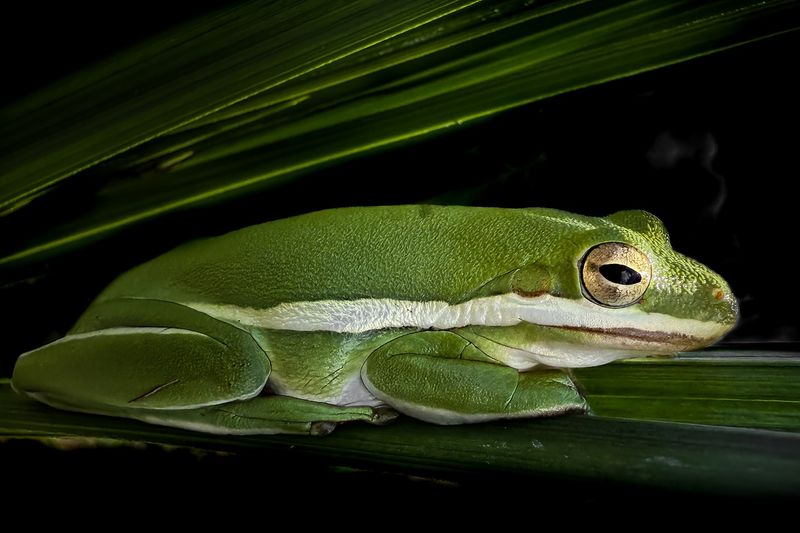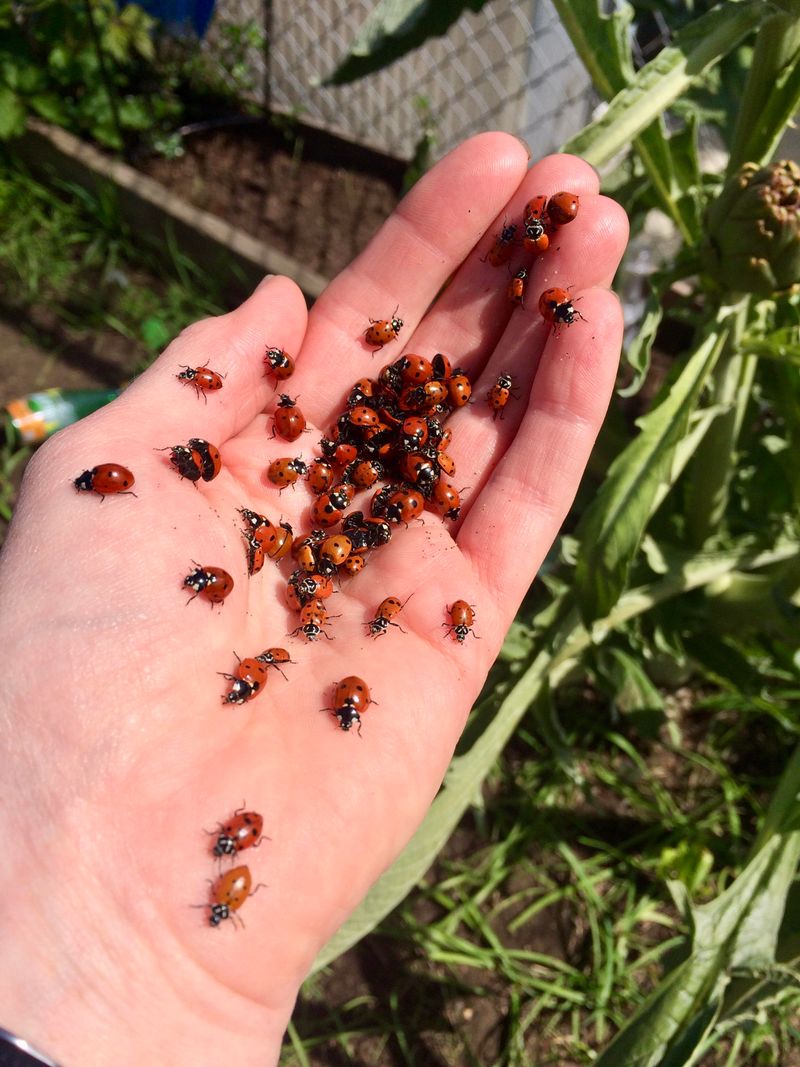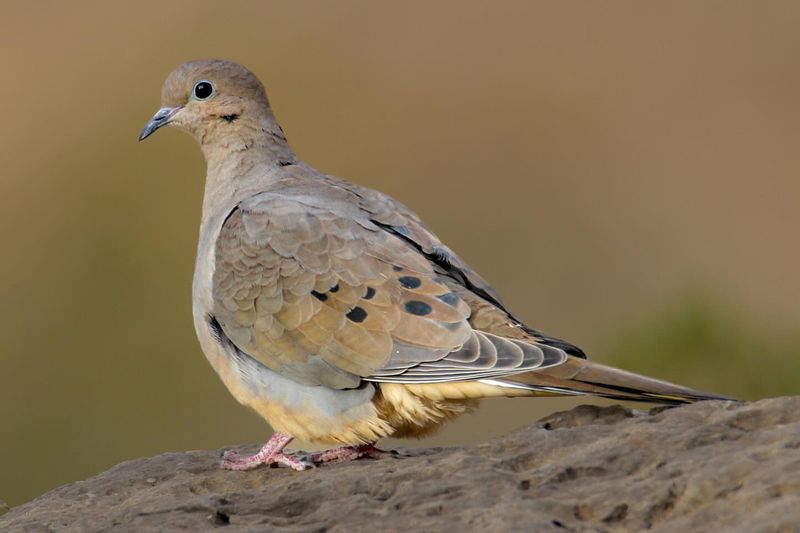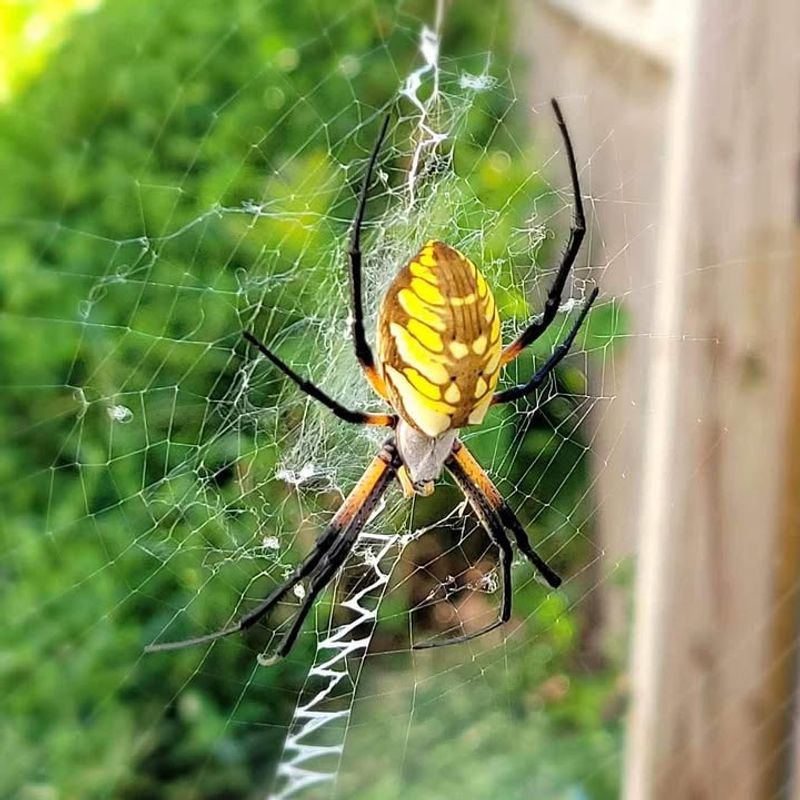California laws protect more wildlife than most people realize, and that includes some surprising creatures. I’ve encountered a few myself that I couldn’t move.
It’s a reminder that our yards share space with many living neighbors. These 12 creatures can’t legally be removed in California.
1. Monarch Butterflies
With their brilliant orange wings and delicate black patterns, monarch butterflies are a beloved sight across California gardens. State law protects these iconic insects as they migrate along the coast each year.
Removing milkweed plants or disturbing butterfly clusters can result in hefty fines. Instead, plant native flowers to welcome them naturally into your outdoor spaces.
2. Hummingbirds
Did you know hummingbirds are protected under the Migratory Bird Treaty Act? Every species that visits California falls under federal protection, making it illegal to capture, harm, or disturb their nests.
Even accidentally knocking down a nest could land you in legal trouble. Enjoy their aerial acrobatics from a respectful distance and keep feeders clean for their health.
3. Bats
Finding bats roosting in your attic might feel alarming, but California law prevents you from simply removing them. Most bat species are protected due to their role in pest control and pollination.
A single bat devours thousands of mosquitoes nightly. Professional wildlife experts can help you exclude them humanely during specific seasons when babies aren’t present in the colony.
4. Alligator Lizards
Despite their intimidating name, alligator lizards are completely harmless to humans and protected throughout California. They hunt slugs, snails, and insects that damage your garden plants.
Their long tails can break off when threatened, then regrow over time. If one takes up residence under your porch, consider yourself lucky to have free pest control working around the clock.
5. Native Bees
California hosts over 1,600 native bee species, many facing protection under various environmental regulations. Unlike honeybees, most are solitary and won’t swarm or sting unless directly threatened.
They’re champion pollinators for California crops and gardens. Destroying ground nests or wood-dwelling colonies could violate wildlife protection laws, so leave these fuzzy workers alone to do their important job.
6. Gopher Snakes
Often mistaken for rattlesnakes, gopher snakes are beneficial reptiles protected by California wildlife regulations. They control rodent populations that would otherwise destroy your garden and home.
Their loud hiss and defensive posture scare people, but they’re completely non-venomous. Learning to identify them correctly prevents unnecessary panic and keeps you compliant with state laws protecting these helpful hunters.
7. Praying Mantises
With their alien appearance and swiveling heads, praying mantises fascinate gardeners across California. State regulations protect these beneficial insects because they consume massive quantities of garden pests.
A single mantis can eat dozens of aphids, flies, and beetles daily. Their egg cases often appear on fence posts and plant stems. Destroying these sacs violates protection laws meant to preserve natural pest control.
8. Scrub Jays
Bold and intelligent, California scrub jays are the state’s backyard clowns. Federal law protects all native bird species, including these noisy blue characters.
They bury thousands of acorns each fall, accidentally planting oak forests across the state. Even if they raid your garden or wake you at dawn, removing nests or harming them carries serious legal penalties in California.
9. Tree Frogs
Those cheerful ribbits echoing through California evenings come from protected tree frogs. Amphibians face worldwide decline, making state protections crucial for their survival.
They eat mosquitoes and other annoying insects while serving as environmental health indicators. California law prohibits capturing, harming, or relocating them. Their presence actually signals your garden ecosystem is healthy and thriving naturally.
10. Ladybugs
California’s official state insect enjoys legal protection due to its agricultural importance. Ladybugs devour aphids that would otherwise devastate crops and gardens statewide.
A single ladybug consumes up to 5,000 aphids in its lifetime. Commercial collection faces strict regulations in California. If swarms enter your home during winter, gently relocate them outdoors rather than using harmful pesticides or vacuum cleaners.
11. Mourning Doves
Their haunting coos soundtrack California mornings across suburban neighborhoods. Mourning doves build flimsy nests in trees, shrubs, and sometimes porch overhangs.
Federal migratory bird protections make it illegal to disturb active nests in California, even on your own property. Wait until babies fledge before removing old nesting materials. Their gentle presence adds peaceful ambiance to any garden space throughout the year.
12. Garden Spiders
Those impressive webs stretching across your California garden belong to protected orb weavers. While not all spiders have specific legal protection, beneficial species contribute to ecosystem balance.
They trap flies, mosquitoes, and moths without chemicals or effort from you. California environmental laws discourage killing beneficial wildlife. Walking around their webs shows respect for nature’s pest control system working silently in your outdoor spaces.

